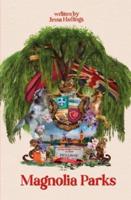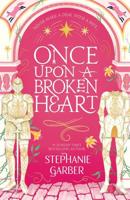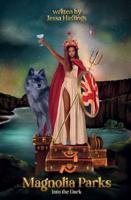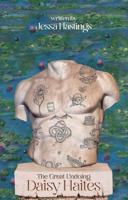Publisher's Synopsis
Excerpt from Ancient Britain and the Invasions of Julius Caesar
About the middle of the eighteenth century a spirit of antiquarian curiosity was aroused in England. The Society of Antiquaries, which had been founded in 1717, received in 1752 a charter from George the Second; and in 1770 appeared the first number of their principal organ, Archaeo logia, which is still in course of publication. Many of the earlier papers were crude and superficial, showing keen interest in the things of the past, but naturally betraying ignorance of the methods by which alone the significance of antiquarian discoveries could be ascertained. Early in the nineteenth century, however, Sir Richard Colt Hoare and his friend, William Cunnington, began to excavate the barrows of Wiltshire; and with their labours the era of scientific investigation may be said to have begun. Hoare had in earlier life been an ardent fox-hunter; but, as he grew Older, he found that barrow-digging was a pas time more exciting still. Craniology was at that time unborn; and Hoare omitted to measure the numerous skeletons which he discovered or to utilize them for the advancement of ethnology. Even the work that he pro fessed to do was often marred by a lack of thoroughness which, although it was inevitable in a pioneer, irritated the critical spirit of laterexplorers.l But with all its limita tions the Ancient History of North and South Wiltshire, the first volume of which appeared in 1812, was an important work. A few years earlier, John Frere had recorded in Archaeologia 2 the discoveries of stone implements which he had made at Hoxne in Suffolk. Such discoveries had of course in innumerable instances passed unrecorded. In the British Isles, as in many other lands, flint arrow heads were regarded by the peasants who found them as fairy-darts; while stone axes, which in Scotland, Ireland. About the Publisher Forgotten Books publishes hundreds of thousands of rare and classic books. Find more at www.forgottenbooks.com This book is a reproduction of an important historical work. Forgotten Books uses state-of-the-art technology to digitally reconstruct the work, preserving the original format whilst repairing imperfections present in the aged copy. In rare cases, an imperfection in the original, such as a blemish or missing page, may be replicated in our edition. We do, however, repair the vast majority of imperfections successfully; any imperfections that remain are intentionally left to preserve the state of such historical works.
